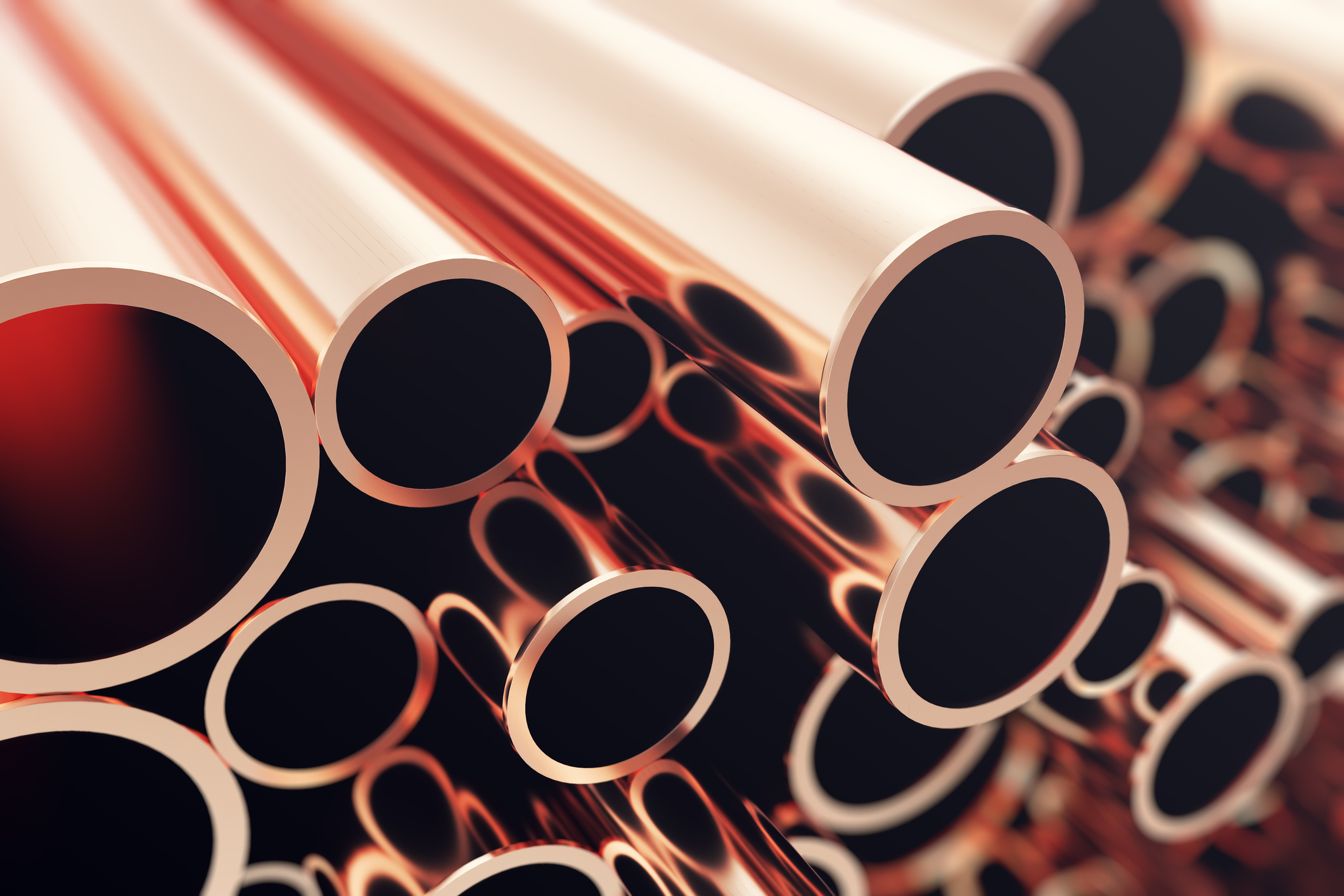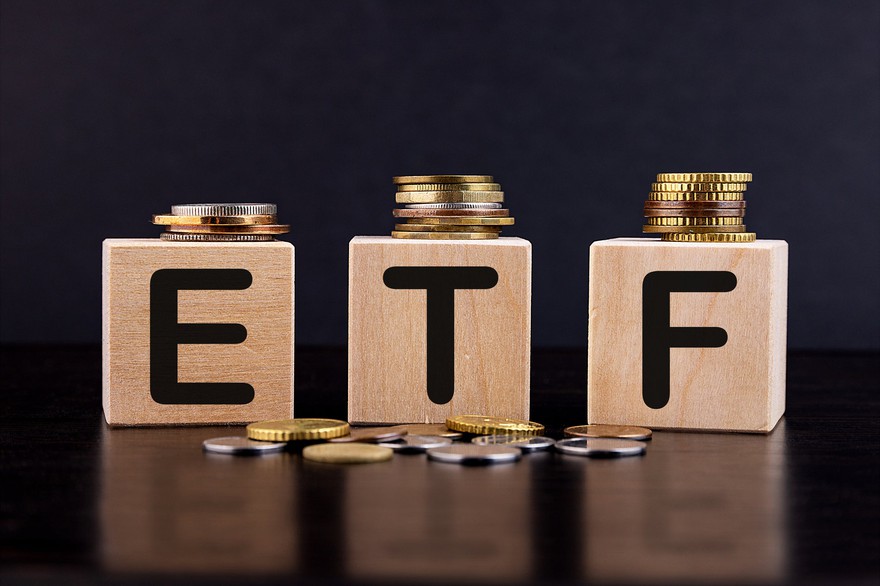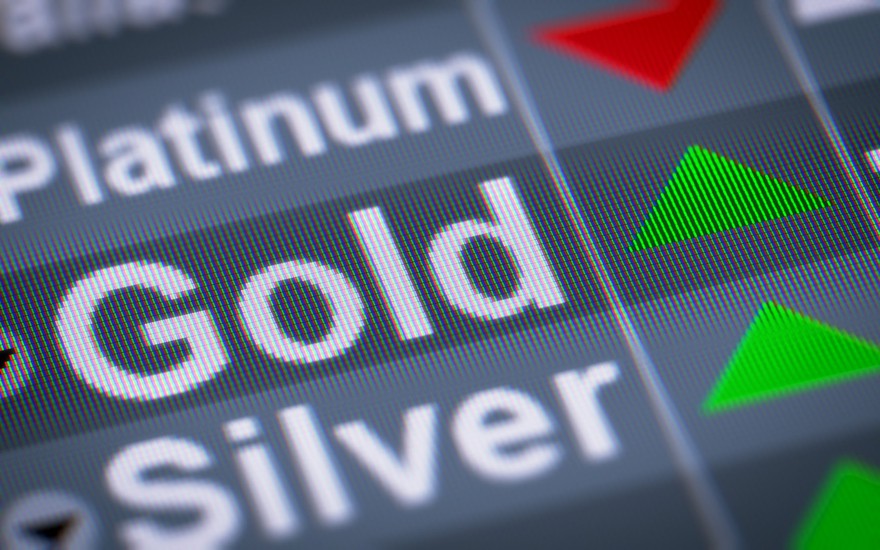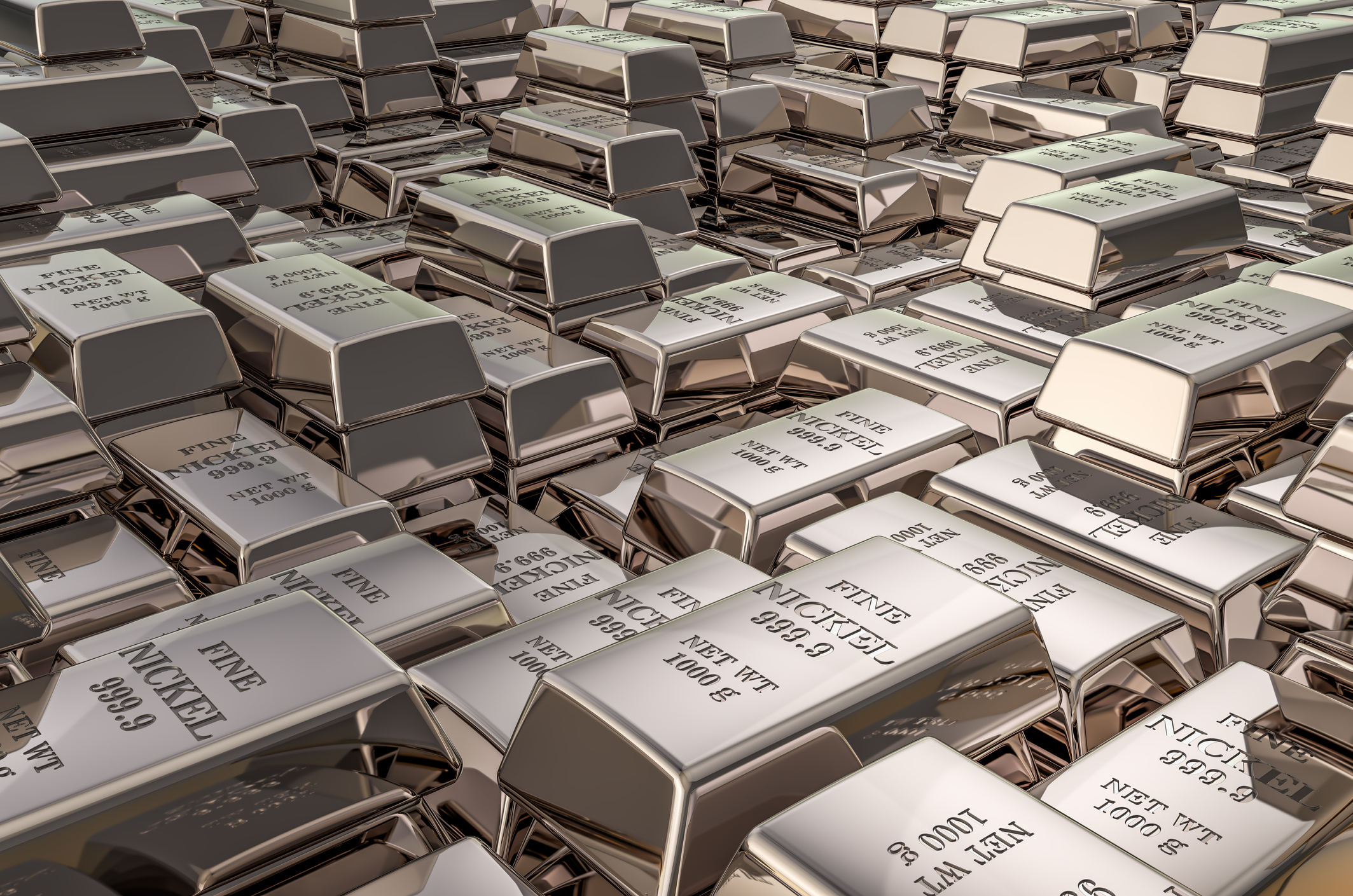Aluminum stocks are publicly traded companies focused on producing this versatile metal. We use aluminum to store beverages, put up buildings, fly airplanes, and drive cars. Given its broad usage, demand for aluminum will grow 40% by 2030, according to the World Economic Forum. Some of the factors driving that forecast include increased infrastructure spending and a drive to become more energy-efficient.
That forecast bodes well for aluminum stocks. Here's a closer look at how investors can benefit from the growth of the aluminum industry.
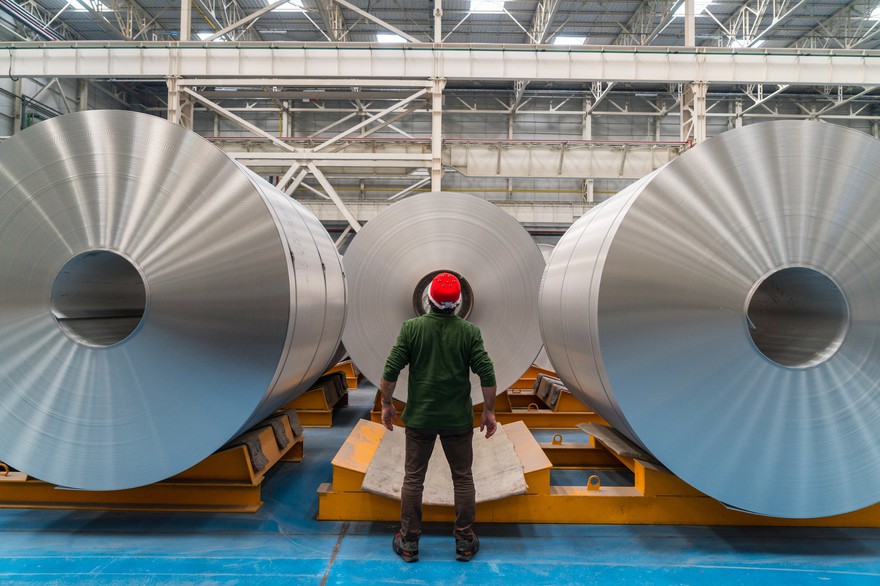
Top aluminum stocks in 2025
Several companies focus on producing aluminum or using it to make higher-valued products. Among the industry leaders are:
| Name and ticker | Market cap | Dividend yield | Industry |
|---|---|---|---|
| Alcoa (NYSE:AA) | $11.3 billion | 0.91% | Metals and Mining |
| Kaiser Aluminum (NASDAQ:KALU) | $1.7 billion | 2.94% | Metals and Mining |
| Century Aluminum (NASDAQ:CENX) | $2.9 billion | 0.00% | Metals and Mining |
| Rio Tinto Group (NYSE:RIO) | $91.6 billion | 5.11% | Metals and Mining |
Here's a closer look at these leading aluminum companies.
1. Alcoa

NYSE: AA
Key Data Points
Alcoa is an integrated aluminum producer and one of the world's largest mining companies of bauxite, the primary raw material used to make aluminum. The company owns interests in seven high-quality, low-cost bauxite mines in Australia, Brazil, Guinea, and Saudi Arabia.
Bauxite is refined into alumina at Alcoa refineries. The company operates one of the world's largest third-party alumina businesses, with six low-cost refineries in Australia, Brazil, and Spain.
Finally, Alcoa produces a variety of aluminum products through its smelting and casting operations. Alcoa also operates several energy assets to reduce the costs and carbon emissions of producing aluminum. About 86% of the electricity usage from its smelting portfolio comes from renewable energy.
Alcoa has a multipronged strategy to grow shareholder value. It made its first major acquisition in 2024, buying Australia's Alumina Limited. The deal further strengthened its market leadership as a pure-play, upstream aluminum company. The company is also investing capital to organically expand its capacity and reduce costs.
Alcoa also aims to strengthen its balance sheet while returning cash to investors via its dividend. Its capital allocation plan positions the company for value-creating growth in the coming years.
2. Kaiser Aluminum

NASDAQ: KALU
Key Data Points
Kaiser Aluminum is a leading producer of semi-fabricated aluminum products. The company produces value-added plate sheet, coil, extrusions, rod, bar, tube, and wire products from 13 North American manufacturing locations. The company's customers include those in the aerospace, packaging, general engineering, custom automotive, and other industrial applications sectors.
The company benefits from several growth catalysts. For example, the packaging industry is steadily shifting from plastic to aluminum beverage and food cans for sustainability purposes. Meanwhile, the aerospace industry is benefiting from growing global passenger air travel. Finally, automotive demand is rising, driven by the need to increase fuel economy and for electric vehicles (EVs).
Kaiser Aluminum's profitable aluminum business enables it to return cash to shareholders via dividends. It offered a 4% dividend yield in mid-2025, putting it well above average (the S&P 500's was less than 1.5%).
3. Century Aluminum

NASDAQ: CENX
Key Data Points
Century Aluminum is a global aluminum producer. It operates three aluminum smelters in the U.S. and one in Iceland. The company also operates aluminum reduction facilities in both countries. Its facilities produce standard-grade and value-added primary aluminum products.
Century Aluminum is investing heavily to improve its carbon emissions profile. In 2024, the U.S. Department of Energy selected the company to receive an investment of as much as $500 million to build a new green smelter. The funding will enable Century to build the first new U.S. primary smelter in 45 years and help accelerate industrial decarbonization.
The company is also restarting previously idled production at its Mt. Holly, S.C., smelter, following the Trump administration's implementation of tariffs on aluminum imports. This move will increase its U.S. aluminum output by 10%.
4. Rio Tinto

NYSE: RIO
Key Data Points
Rio Tinto is a diversified global mining company based in London. It produces a variety of metals, including iron ore, aluminum, and copper. In addition, it produces several minerals, including borates, lithium, diamonds, salt, and titanium dioxide.
Rio Tinto is an integrated aluminum producer. It has four bauxite mines, four aluminum refineries, and 14 aluminum smelters. It also operates seven hydroelectric plants to reduce its energy costs and carbon emissions.
While Rio Tinto has a leading aluminum business, it's not a pure play on aluminum like the other companies in this group. The mining giant makes the bulk of its money (more than 70% during the first half of 2025) from producing iron ore. Aluminum contributed 13%, copper supplied 13%, and minerals provided 3%. As a result, it might not be the best option for an investor who is only seeking exposure to the aluminum market.
However, its diversification has its benefits. That includes exposure to other markets (copper and iron ore) that should see accelerating demand due to their importance in reducing carbon emissions.
Related investing topics
Lots of ways to invest in the growing aluminum industry
Aluminum is a versatile and vital metal. Demand should increase in the coming years as the global economy expands. That should benefit companies that produce aluminum and aluminum products, making aluminum stocks an interesting option for investors to consider.
